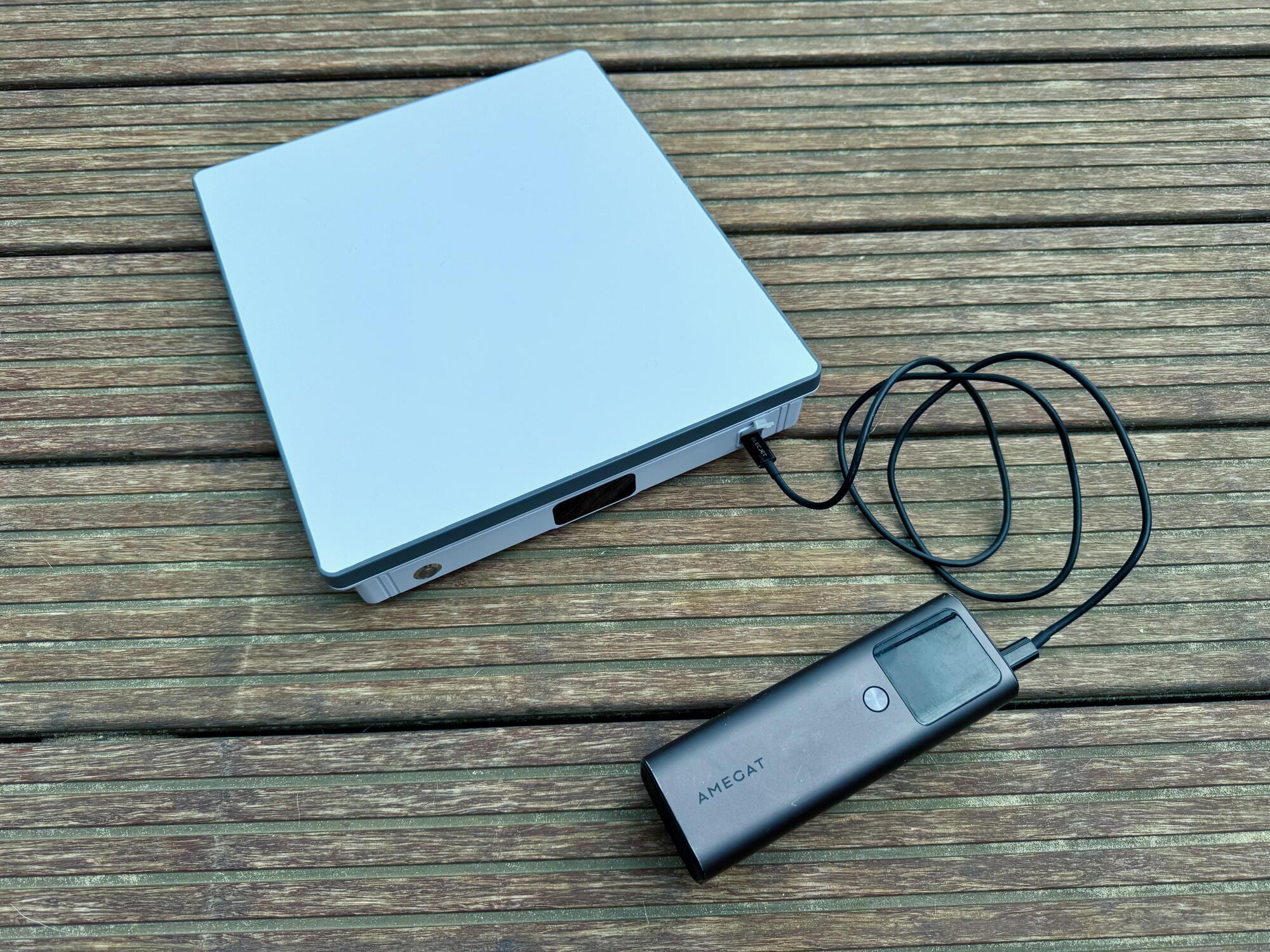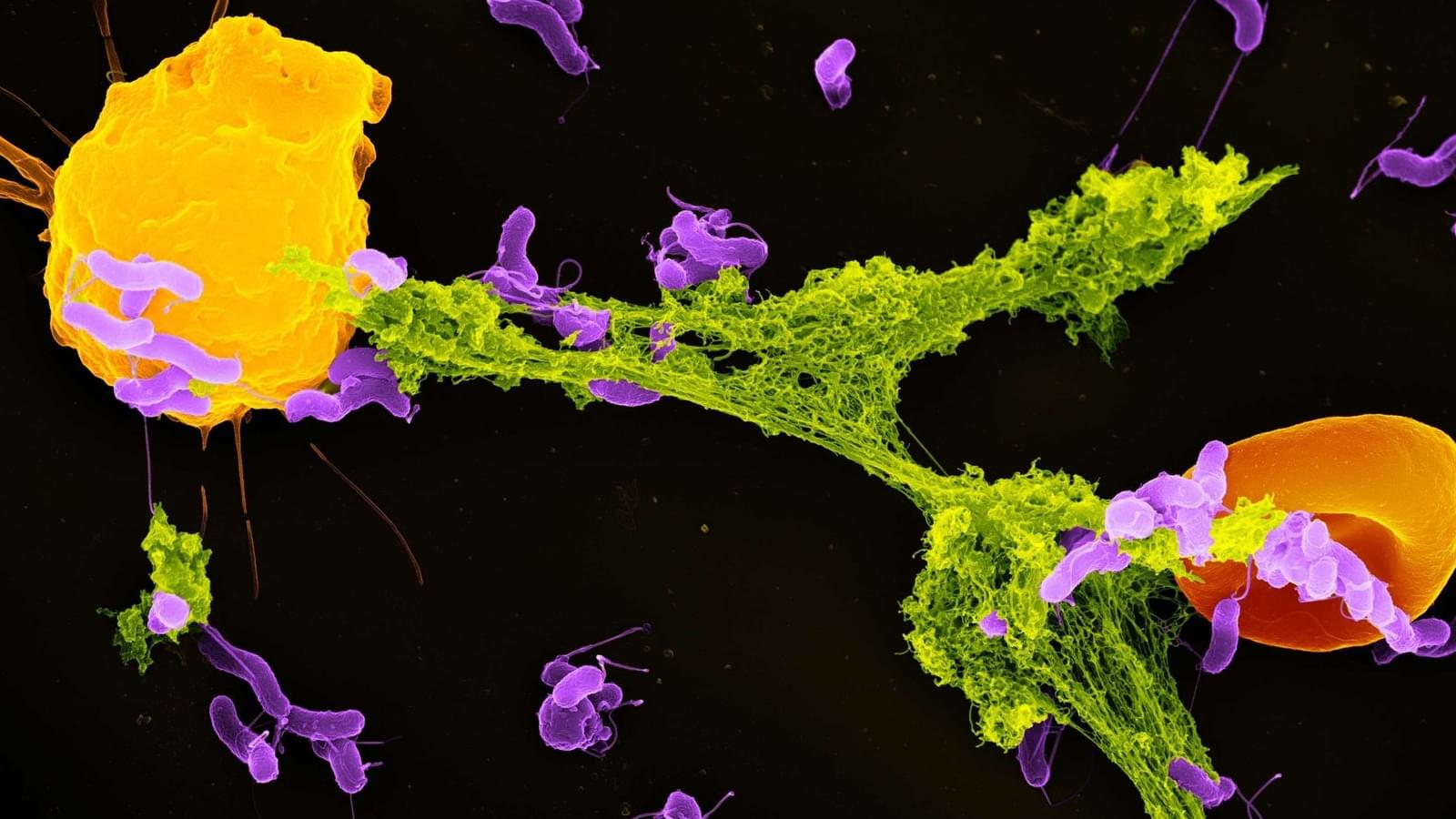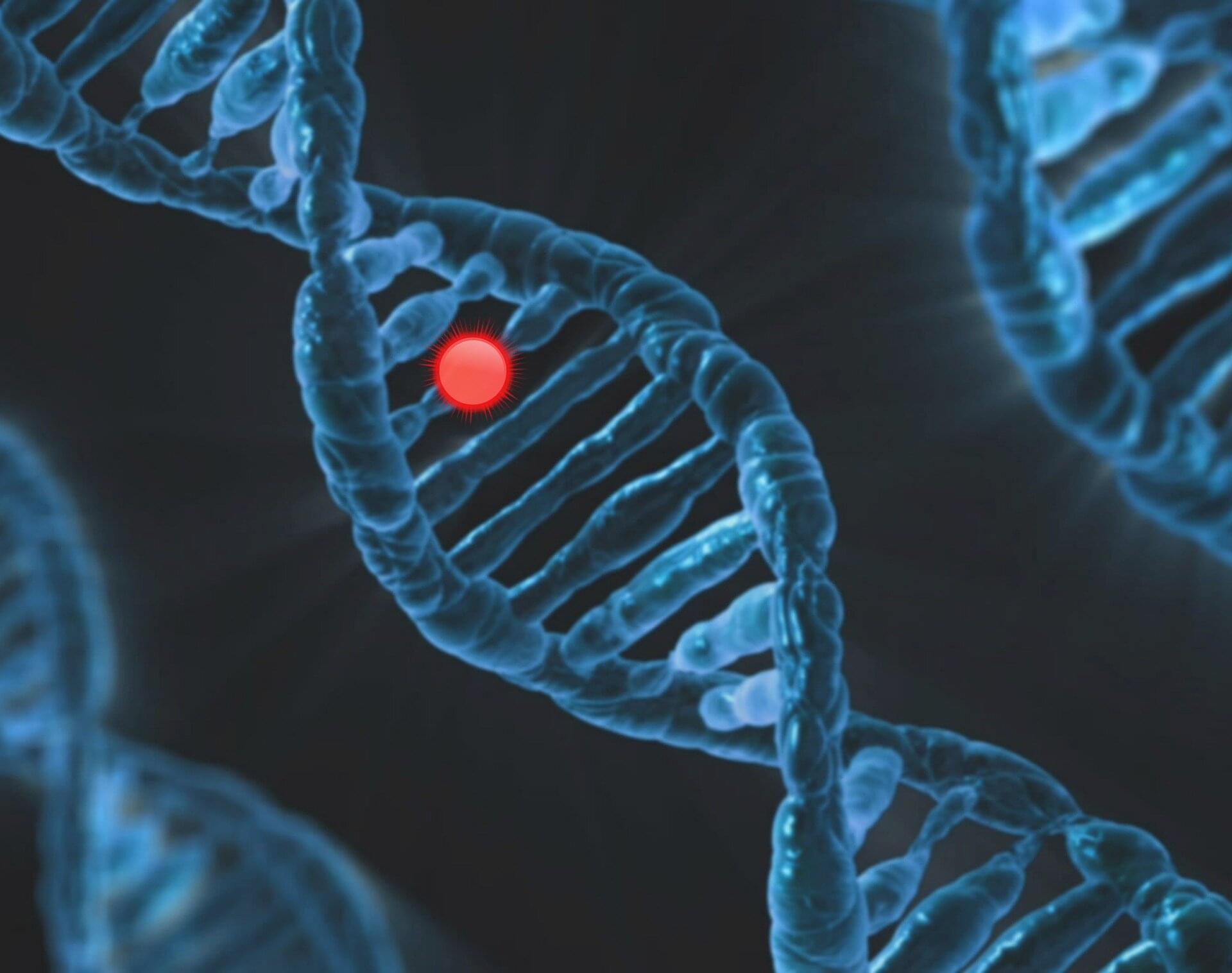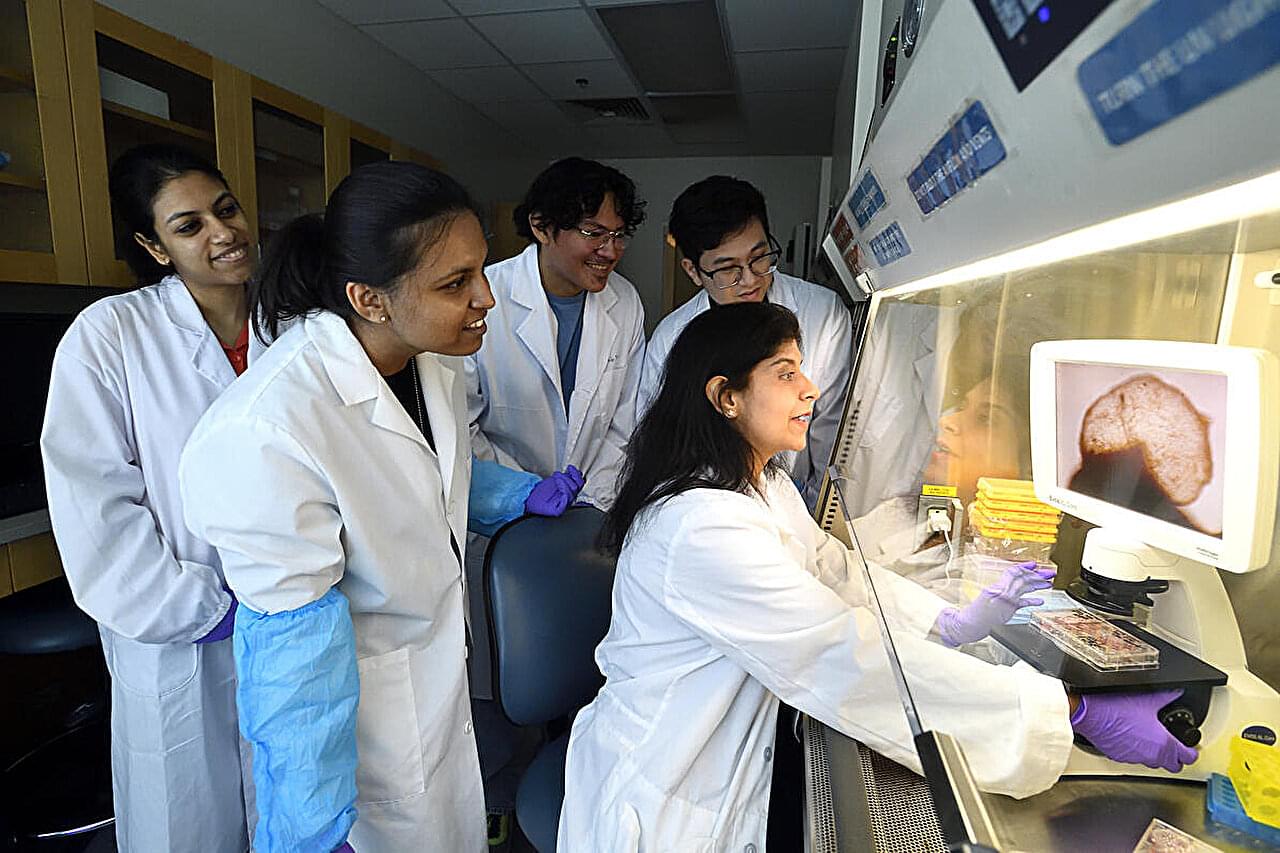Starlink is a life-changing Internet service that connects people and villages too remote for towers and cables to reach. My own Starlink Mini has been critical in helping me pursue life as a digital nomad from almost anywhere in Europe. And right now, Starlink’s the only game in town for relatively cheap and fast consumer internet that can be quickly deployed into data dead spots.
My overriding thought after using the PeakDo LinkPower for the last few weeks is this: why doesn’t SpaceX make one of these?







